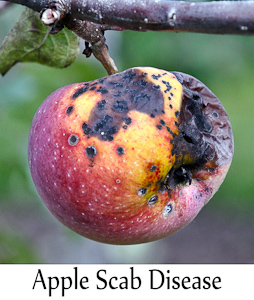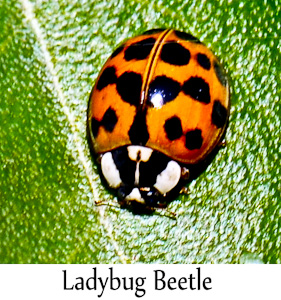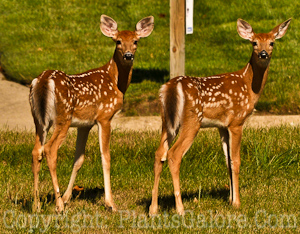 We tend to look at moles, grubs, deer, fungal diseases and other pests from the standpoint of their impact on us and our plants. It is as if their only goal in life is to ruin our garden and they seem to do this on purpose. What do they have against us? We’ve never done anything to deserve this treatment.
We tend to look at moles, grubs, deer, fungal diseases and other pests from the standpoint of their impact on us and our plants. It is as if their only goal in life is to ruin our garden and they seem to do this on purpose. What do they have against us? We’ve never done anything to deserve this treatment.
From their perspective, they could not care less about us. Their goals are rather simple. They want food, water, protection from predators and a place to reproduce their own kind. If these requirements are met, they do not care whether it is in the woods or in your backyard. It makes no difference to them.
So, as the supposedly “superior” being in the mix, perhaps instead of getting upset, we can use our energy to find ways to outsmart these creatures. Maybe we can figure a way to deny them one or more of their requirements. In most cases, that is enough to remove the problem. Unfortunately, this requires some decisions on our part that are not always easy.
All living creatures need food. Many of the organisms that we call pests have very specific dietary needs. The fungus that causes apple scab will feed on apple, mountain ash and firethorn but would never survive on a maple or oak leaf. Elm leaf beetles eat…you guessed it, elm leaves. They would never be attracted to a pine tree. Deer devour tulip buds but avoid poisonous daffodils.
Fungi, raccoons, weeds, aphids, and beetles all need moisture. If their needs are met easily, they will multiply quickly. If they get dry, they must either move on or die.
 If we use insecticides too liberally, we run the risk of killing predator insects such as lady bugs, preying mantis and certain wasps. When they are gone, aphids can go wild because they do not have to worry about getting eaten themselves. Even deer avoid enclosed areas or jumping over fences where they cannot see the other side because they still have at least a modicum of fear for their only real predator, humans.
If we use insecticides too liberally, we run the risk of killing predator insects such as lady bugs, preying mantis and certain wasps. When they are gone, aphids can go wild because they do not have to worry about getting eaten themselves. Even deer avoid enclosed areas or jumping over fences where they cannot see the other side because they still have at least a modicum of fear for their only real predator, humans.
Although they may not need candle light and soft mood music, even insects need certain conditions to exist before they will reproduce. Slugs need cool, moist surroundings in which to produce their young. Apple scab needs a nice, moist leaf upon which to produce its spores.
So, what are some of the options that we as gardeners can use to minimize the pest populations in our yards? First, reduce the food supply. Even deer do not eat everything. If you have a serious problem, you may be forced to change your gardening habits and concentrate on those plants that do not attract the pest. In the case of diseases, we call this resistance. Use plants that have been found to be resistant to diseases and you don’t have the problem.
For many of our common pests, the key may be to reduce the amount of moisture in our gardens. Sure, you have to keep it moist enough for the plants to thrive but many of us overdo a good thing. By better managing the water in our garden, we can affect both insect and disease problems.
Perhaps the best thing we can do is simply grow healthy plants. A healthy plant will not attract as many insects or diseases and, if they do become affected, they tend to bounce back better. So, keep your plants watered properly, fertilized to maintain a moderately vigorous growth rate and allow enough room for the plant to grow to its mature size without being encroached upon by its neighbors.

